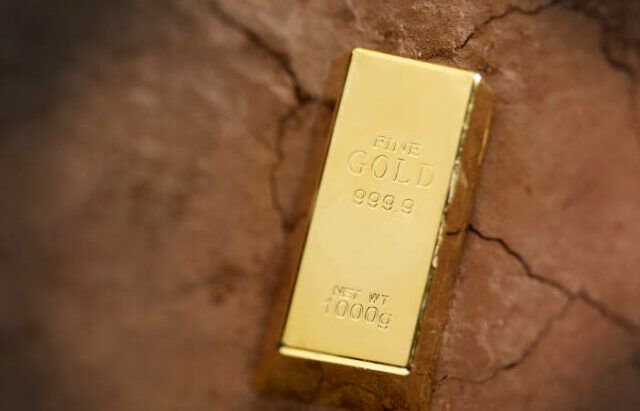The Commodities-Broad Basket Morningstar category returned 6.6% through the end of November 2017, underperforming the broader equity and fixed income markets.
It is also important to note here that all these gains were generated during the second half of the year.
Indeed, following an impressive start in January, many commodities lost momentum, reaching low bottom prices for the year during the second quarter.

Shift in sentiment
A slight deterioration in macroeconomic data, high level of inventories and China’s tightening of credit conditions have all contributed to a negative sentiment for the commodities sector.
Among the key commodity sub-sectors, energy posted the biggest loss, with the MSCI World/Energy Index decreasing by nearly 10% during the first six months of the year. A sharp rise in the US rig count prompted a growth in production, which the Opec production cuts failed to offset, thus delaying the rebalancing of the oil market.
The oil price continued to be volatile and was weaker overall during that period, as many investors became sceptical about the willingness of Opec’s members to comply with the agreed deal.
Returns in the mining sector also eased back in the first half of the year, predominately driven by a fall in the iron ore price after reaching record highs in 2016.
Gold lining
On the precious metals front, gold – which was the star performer of 2016 – results were more positive.
Gold equities continued to deliver positive returns throughout the year supported, in part, by geopolitical concerns, although prices remain well below the remarkable levels witnessed a year ago.
Funds to watch: Newcomers
Until 2016, commodity-related investments had delivered material negative returns for five consecutive years, and the overall sector continues to be underweight as investors remain cautious. Given the limited demand, new funds have been thin on the ground. The latest launch was the Baring Global Mining Fund in 2012, managed by Clive Burstow.
Funds to watch: Assets under management
The JPM Global Natural Resources Fund has a Morningstar Analyst Rating of Bronze and is run by Neil Gregson, who became lead manager in February 2012. He is an experienced investor and is supported on this offering by co-manager Chris Korpan and a well-resourced team of resources industry specialists and regional analysts.
The team aims to add value through material investments in small-cap stocks from pre-production stage/discovery to reserve definition, using a bottom-up analysis that focuses on misvalued companies. The portfolio is diversified across regions and four key subsectors: energy; gold and precious metals; base metals; and diversified mining.
The BGF World Mining Fund holds a Morningstar Analyst Rating of Silver and has been managed by Evy Hambro since its launch in 1997.
Hambro is a seasoned mining investor who is supported by co-manager Olivia Markham, and a well-resourced team of experienced portfolio managers and analysts.
The managers aim to deliver steady outperformance through a risk-aware approach that combines a rigorous assessment of commodity price trends over the long term and company analysis. The strategy is to try to forecast price trends, while the bottom-up analysis focuses on lower-cost, higher-quality producers where they believe equity valuations underestimate the longer-term earnings prospects.
The portfolio is constructed from the bottom up, with the 10 largest holdings typically accounting for more than 50% of the assets. Diversified companies dominate the portfolio, followed by gold and copper producers. This offering continues to dominate the mining space in terms of AUM despite the outflows experienced.
Funds to watch: Performance
The Pictet Timber Fund is managed by Gabriel Micheli and Christoph Butz. The investment approach combines an assessment of industry dynamics, identifying key themes, and company analysis.
The managers will typically invest the bulk of the portfolio in ‘pure timber’ companies where they perceive long-term opportunity based on the supply/demand dynamics for wood, with added value from additional investments in the timber value chain, which has a range of different cyclical drivers. While the duo typically takes a long-term view with holdings, they are also willing to take advantage of short-term opportunities and have shown their ability through time to add value by allocating between the sub-sectors. Returns are ahead of the S&P Global Timber and Forestry Index since the fund’s inception in September 2008.
The Aberdeen Global World Resources Fund has a broader mandate than the above fund. It has a team-based management approach, following a fundamental, bottom-up equity investment style, which is characterised by intensive, first-hand research and disciplined company evaluation with the aim of investing across the various sub-sectors of the commodity complex.
The portfolio is diversified across a wide range of producers including chemical and packaging companies, and as such offers an unusually broad approach to resources. The resulting fund is concentrated with around 30 holdings and the top 10 picks have generally accounted for roughly 50% of the assets.







